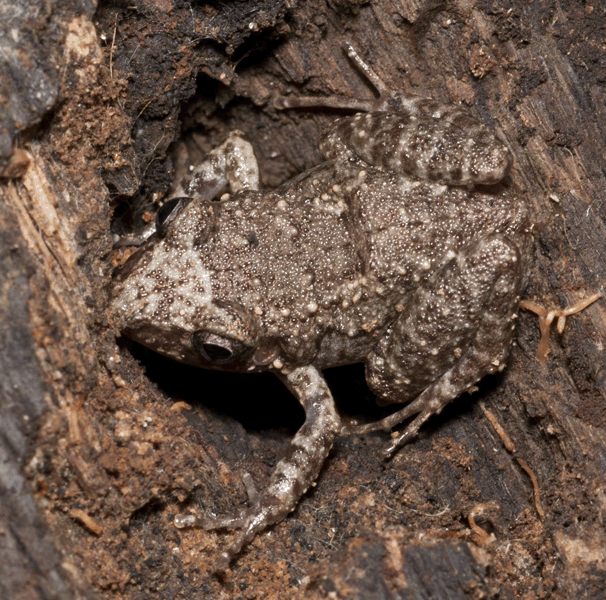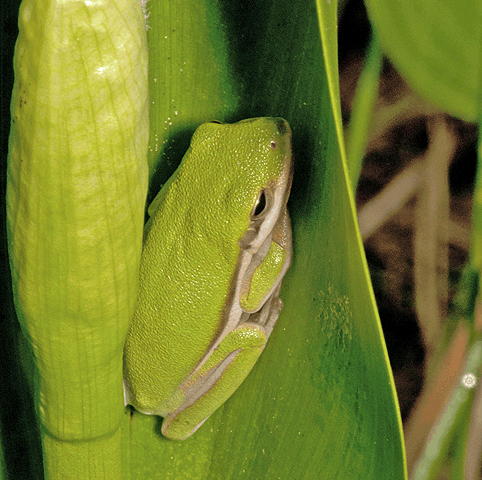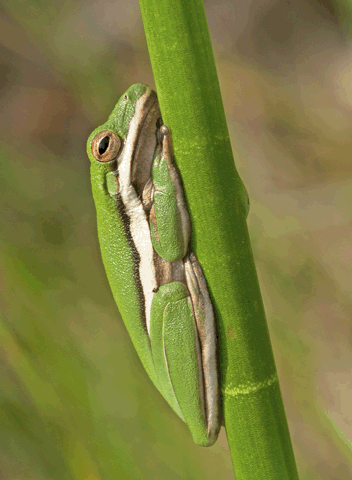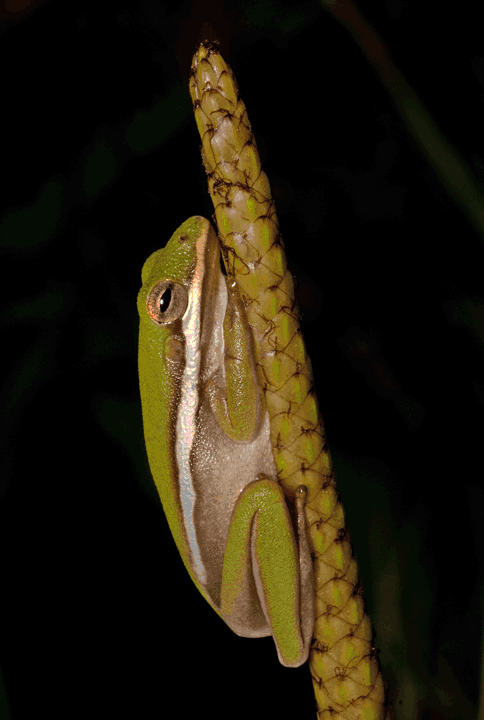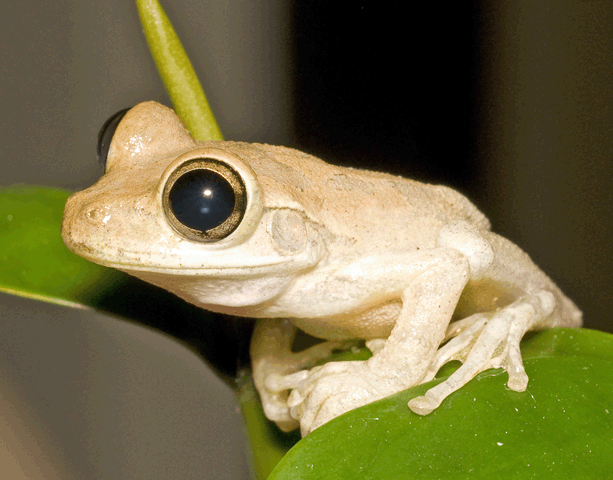Class Amphibia (Amphibians) in the Christopher B. Smith Preserve
Class Amphibia Characteristics: Amphibians are ectothermic, meaning they do not produce their own heat, but instead rely on external heat sources. As a group, they live in habitats that include terrestrial surfaces, subterranean regions, tree tops, and wetlands. There are approximately 8,680 amphibian species today [1], with 90% being frogs. The other 10% are salamanders and caecilians. [1] World Animal Foundation "How many animals are in the world?";<https:worldanimalfoundation.org/advocate/how-many-animals-are-in-the-world?>
An amphibian typically hatches from an egg, spends the first part of its life as a larva in an aquatic environment and breathes with gills. Later, it metamorphoses into an 4-legged adult that lives on land and breathes with lungs. Amphibians use their skin as a secondary respiratory organ.
Interactions in the Smith Preserve: Tadpoles eat plants, algae, and other microscopic vegetation. Adult frogs eat insects, snails, spiders, worms and small fish. At all stages of their development, amphibians are prey of larger animals.
Order |
Family |
Species Name |
Common Name |
Anura |
Eleutherodactylidae |
Eleutherodactylus planirostris |
|
Anura |
Hylidae |
Hyla cinerea |
|
Anura |
Hylidae |
Osteopillus sepentrionalis |
Eleutherodactylus planirostris
|
Hyla cinerea
|
Osteopilus sepentrionalis Cuban Treefrog
|

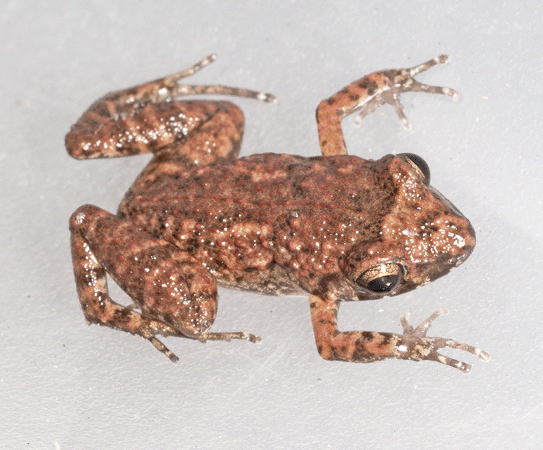
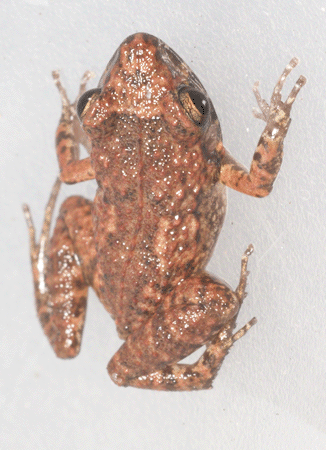 There are two forms of this species. This one is mottled, the other form has two broad stripes running longitudinally down its back.
There are two forms of this species. This one is mottled, the other form has two broad stripes running longitudinally down its back. 